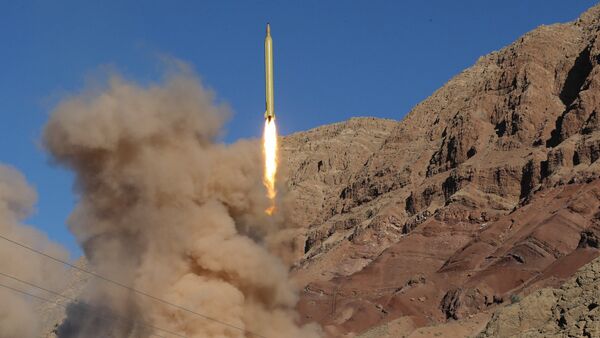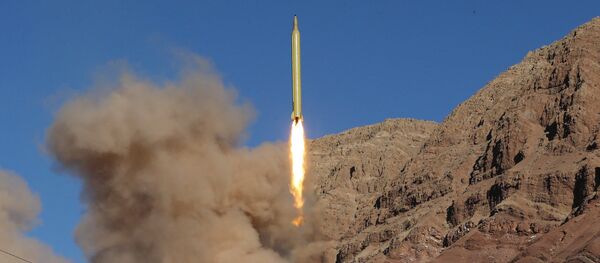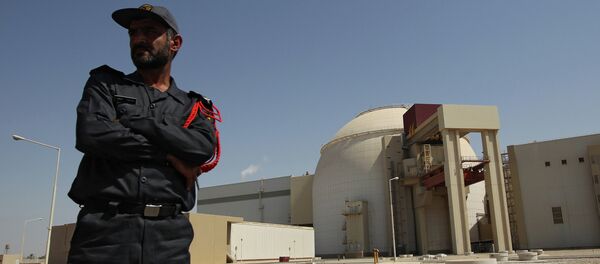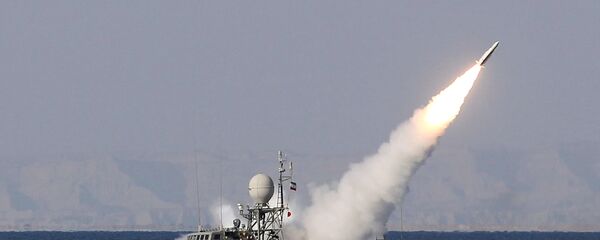Tehran has made considerable progress in missile production by creating over 20 types of rockets, Vladimir Sazhin, expert on Middle Eastern affairs at the Institute for Oriental Studies of the Russian Academy of Sciences, told Sputnik, adding that the US efforts to bring Iran's rocket program to a halt through tough sanctions have proven futile.
"Over the recent years Iran has purchased, modernized and designed numerous series and various modifications of short-range missiles including tactical and operational tactical missiles," Sazhin told Sputnik Iran. "However, the emphasis was placed on the creation of ballistic missiles capable of striking targets at great distances."
The expert emphasizes that Tehran's missile program has been rapidly developing for more than three decades.
Sazhin points out that Iran has managed to create Shahab-3, with an operational range of 1,700 kilometers. Consequently, this missile "gave birth" to the Qadr series with three modifications: the singe-stage Qadr 101 missile with a range of up to 80 km; the two-staged Qadr-110 (2,000-2,500 km) and the Qadr-110A, which boasted an operational range of up to 3,000 km.
The expert notes that Tehran also planned to develop the Shahab ballistic missiles, which would be capable of travelling up to 5,000-6,000 km. However, according to Sazhin, Iran's capabilities of further developing the Shahab missile platform have been largely exhausted to date.
Nevertheless, Iran may use its expendable launch systems, such as Safir-2, capable of carrying a payload of up to 100 kg into space, for military tasks, the expert assumed.
Simultaneously, Iranian specialists were developing solid-fuelled missiles. Thus, in 2009, a two-stage solid-fuelled rocket named Sajil was tested.
"There is an evident tendency for the Islamic Republic of Iran (IRI) to switch from the production of liquid-fuelled rockets to solid-fuelled types," Sazhin underscores, clarifying that this transition is significantly increasing Iran's combat readiness.
The expert pointed out that Iran's missiles are "mobile and perfectly adapted" to operate in various conditions; they are carefully disguised and protected by the country's air defense system.
"The missile potential of Iran is a serious threat to potential adversaries of Iran. This, of course, worries them" Sazhin emphasizes.
Although American policymakers insist that Tehran's missile program is being developed in violation of the Joint Comprehensive Plan of Action (JCPOA), also known as the Iran nuclear deal, the crux of the matter is that the JCPOA doesn't contain any restrictions against missile tests, Sazhin notes.
He adds, however, that UN Resolution 2231 calls upon Iran not to undertake any activity related to the development of nuclear weapon delivery systems.
In this regard, the expert notes, Iran's missile program could potentially prompt concerns when the JCPOA agreement expires — in the next 10-15 years. However, according to Sazhin, the issue of the IRI missile program is subject to discussion and decision only in the format of international negotiations with Iran and with the approval of the UN.
"It is inefficient and counterproductive to exert brutal pressure on Iran because of its missile program," Sazhin stressed, adding that it is necessary to adopt a comprehensive and pragmatic approach to solve the issue.




